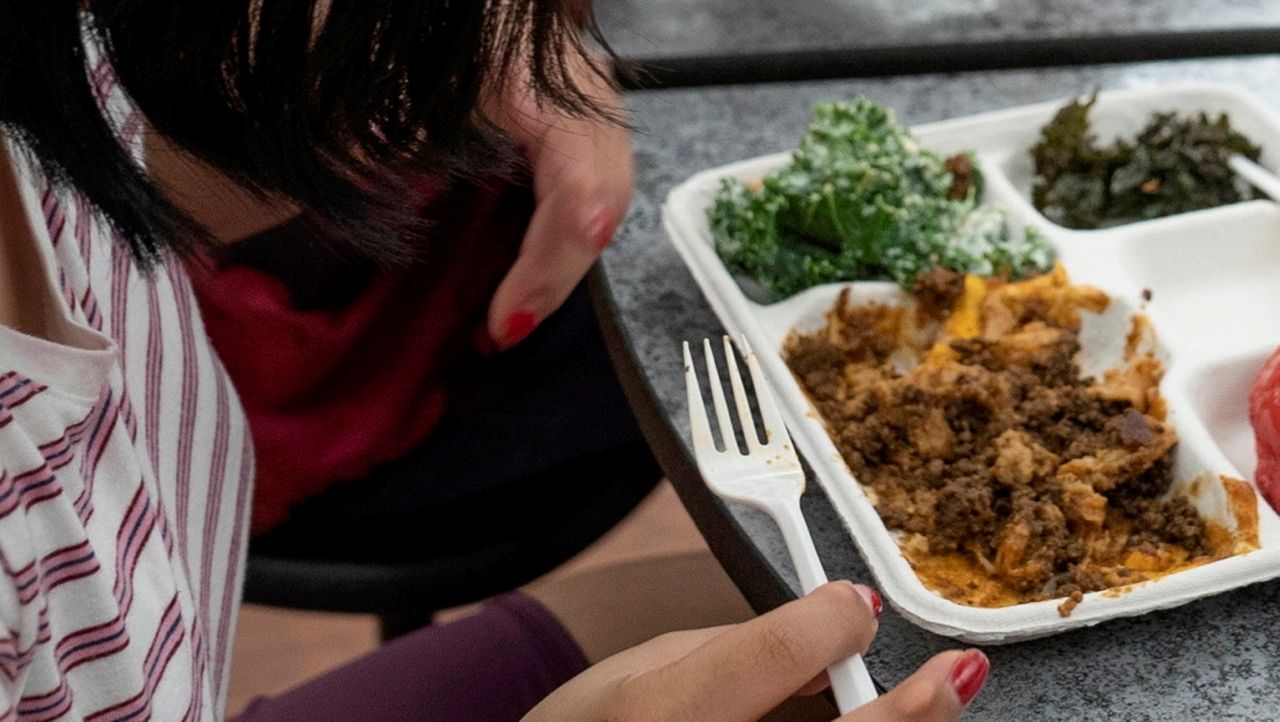
The prevention of chronic disease has never been more critical. A parallel public health issue is the alarming rate of food insecurity among youth. But what’s often overlooked is how closely these two crises are interconnected — and how addressing one can significantly impact the other.
At least 1 in 5 children in America faces hunger daily. The USDA reports that the number of children in food-insecure households has surged by 45% since 2021. Meanwhile, preventable chronic diseases — such as cardiovascular disease, high blood pressure, type 2 diabetes, osteoporosis, and certain cancers — affect about half of American adults. Numerous studies, including those by the Centers for Disease Control and Prevention, show that poor nutrition in childhood contributes to an increased likelihood of virtually all these maladies.
One notable example is the role of nutrition in preventing and managing high blood pressure. Diets that emphasize fruits, vegetables, and dairy provide essential minerals like potassium, magnesium, and calcium which help lower blood pressure and promote overall heart health.
The economic cost of chronic disease is staggering. The total impact on the U.S. economy of seven chronic diseases — cancer, diabetes, hypertension, stroke, heart disease, pulmonary conditions, and mental illness — is $1.3 trillion annually, not counting indirect costs associated with lost productivity.
School meals are a critical safety net for health equity, since chronic diseases caused by poor nutrition disproportionately affect marginalized communities. These communities often face systemic barriers to accessing nutritious food, making school meals one of the most effective tools in combating health disparities.
Healthy school meals, including milk, whole grains, fruit, vegetables, and lean protein, provide children with the nutrients they need to grow, learn, and thrive. Children who participate in school meals consume more dairy milk, fruits and vegetables than nonparticipants, and fewer desserts, snacks and non-milk beverages, according to the USDA. A Tufts University study found that the healthiest meals children eat today are school meals. The health care system must collaborate with school boards and administrators, policymakers, community and business leaders, parents, and youth themselves to create an environment in which healthy choices are accessible and encouraged.
Free, healthy school meals for all students, regardless of household income should be mandated by state law. Supporting alternative meal service models like Grab and Go and Breakfast in the Classroom, and summer meal programs can ensure no child goes hungry year-round. Adequate funding for school nutrition programs, including food, equipment, and staff, is also essential.
Equally important, nutrition education must be expanded, not just for youth but for their families. Understanding the importance of a balanced diet is critical to reinforcing these efforts beyond the school environment. The World Cancer Research Fund estimates that at least 18% of all cancers diagnosed in the U.S. are related to poor nutrition, as well as to the related issues of physical inactivity and alcohol consumption. For this reason alone, we should be following healthy eating patterns, as found on the USDA’s My Space web page, at all ages — but especially in childhood.
Let’s seize the opportunity. By expanding access to, and participation in, healthy school meals, providing adequate resources for school nutrition programs, and expanding nutrition education, we can impact future generations’ health and well-being. Together, we can nourish the future while building a healthier, more equitable society.
This guest essay reflects the views of Dr. Selwyn M. Vickers, president and chief executive of Memorial Sloan Kettering Cancer Center, and Ann Marie Krautheim, chief executive of GENYOUth, which advocates for children having access to good nutrition and opportunities for physical activity.
